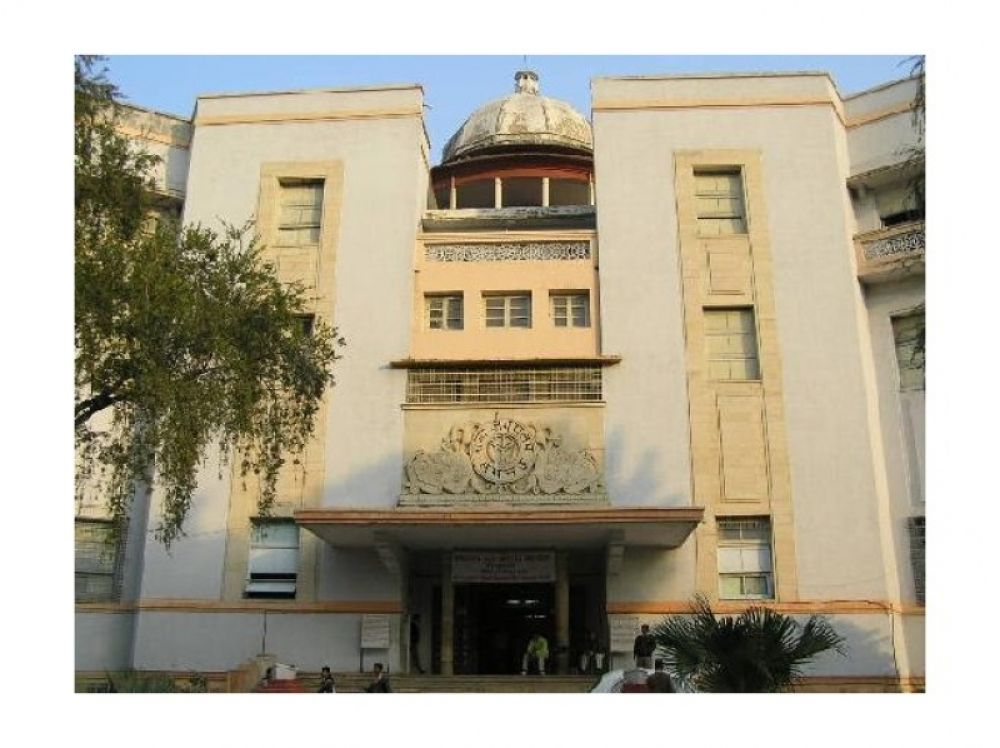

Located in the heart of Lucknow, the capital city of Uttar Pradesh, the Lucknow Museum is one of the oldest and largest museums in India. It plays a significant role in the promotion and preservation of the rich cultural heritage of the region. The history of the museum, as well as tourism in Lucknow, is deeply entrenched in the historical narrative of the city and the Awadh region.
Established in the late 19th century, the Lucknow Museum is housed in a striking edifice within the Lucknow Zoo premises. It was originally part of the state museum, but as the collection grew, it became necessary to have a separate entity. The museum serves as a custodian of the region's history, featuring a wide array of artefacts ranging from sculptures, paintings, manuscripts, and pottery, to weapons, textiles, and anthropological specimens.
Over the years, the Lucknow Museum has become a cornerstone of tourism in Lucknow. As the city's reputation as a hub for arts and culture expanded, so did the influx of tourists. The government and local agencies have heavily invested in infrastructure and the beautification of Lucknow to enhance the tourist experience. Historical sites such as the Bara Imambara, Chota Imambara, and the Residency have been well-maintained, creating an eclectic mix of attractions for visitors alongside the museum.
In recent years, there has been a concerted effort to modernize the facilities at the Lucknow Museum with interactive displays and digital archiving. Tourism trends show an increased interest in experiential and educational travel, with tourists looking to immerse themselves in local culture and history.
The museum has adapted to these trends by hosting special exhibits, cultural events, and workshops that allow visitors a hands-on experience of the traditions of Uttar Pradesh. Moreover, the integration of technology has enabled the museum to offer virtual tours ensuring a broader reach and compliance with social distancing norms in the wake of the COVID-19 pandemic.
With the rise of smart tourism, the city has also improved digital connectivity and online information accessibility. Visitors can now plan their trip meticulously and find comprehensive guides about the museum and other Lucknow attractions, enhancing the tourism experience.
The role of the Lucknow Museum in shaping the tourism history of Lucknow is undeniable. It remains a testament to the glory of the Awadhi culture and continues to attract history enthusiasts, scholars, and tourists from all over the world. The latest trends in tourism portray a bright future for the museum, and its continued importance to the tapestry of Indian heritage is assured for many years to come.